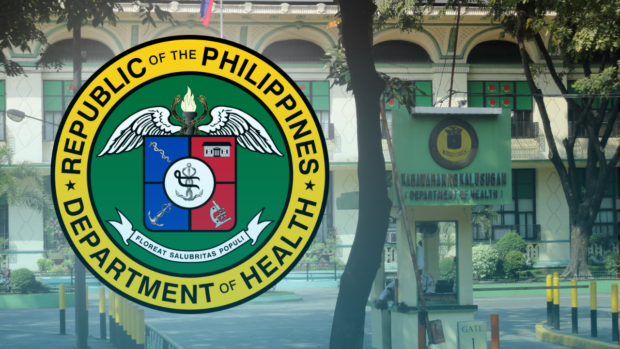Persistence pays off: DOH gets P500M for cancer program
MANILA, Philippines — After a persistent clamor for more funding, the Department of Health (DOH) will get the P500-million budget it requested for its cancer treatment program that covers inpatient and outpatient services for certain types of the malignancy this year.
In a statement on Saturday, the DOH said the 2023 General Appropriations Act included the line-item allocation it asked for its cancer assistance fund (CAF), which provides cancer patients free services, such as diagnostics, therapeutic procedures and medicines.
Aside from the P500 million, this year’s national budget also extended the validity of the 2022 CAF allocation until Dec. 31 this year, the agency added.
DOH officer in charge Maria Rosario Vergeire earlier sought the additional funding for the cancer fund after it was omitted from the National Expenditure Program presented by the Department of Budget and Management (DBM).
The health official said her agency had also made the same appeal to the DBM.
Article continues after this advertisementPriority cases
There are 10 priority cancer types identified for this program, namely breast cancer, childhood cancer, gynecologic cancer, liver cancer, adult blood cancer, head and neck cancer, lung cancer, prostate cancer, renal cancer, as well as urinary bladder cancer.
Article continues after this advertisementPatients need to submit the needed requirements to avail themselves of the treatment services in the following hospitals: Amang Rodriguez Memorial Medical Center, East Avenue Medical Center, Jose R. Reyes Memorial Medical Center, Rizal Medical Center, Philippine General Hospital, National Kidney and Transplant Institute (NKTI), Philippine Children’s Medical Center, National Children’s Hospital, and Asian Hospital and Medical Center.
According to the DOH, all 31 hospitals given access to the cancer fund services offer newer approaches to treatment, such as targeted therapy for breast cancer and lymphoma patients.
The cancer fund was implemented through Republic Act No. 11215, or the National Integrated Cancer Control Act, signed in 2019.
‘Treatable’
Dr. Marvin Mendoza, head of the medical oncology department at NKTI, one of the hospitals with free cancer treatment services, said cancer had become “treatable, thanks to medical advances and innovations.”
“Options for treatment include a subcutaneous injection that takes about five minutes to administer or a three-hour intravenous administration that also requires an additional two hours or so for preparation,” he said in a statement.
Mendoza also joined the call for more government spending on public health care to make effective treatment accessible to disadvantaged sectors.
“If we have to save more lives, we need more funds from the government not just for treatment but for testing, because early diagnosis and treatment is far more effective than treating late-stage disease,” he stressed.
Four every hour
Innovations in cancer treatment have also made it easier for health-care workers to administer medications and reach more patients before the disease progresses to more advanced stages, the oncologist said.
The World Health Organization classifies cancers in the lung, breast, colon, rectum and prostate as “common cancers.”
Based on a study by the University of the Philippines’ Institute of Human Genetics-National Institute of Health, 189 out of every 100,000 Filipinos are affected by cancer, with four patients in the country dying every hour, or 96 every day.
In Region 12 (Soccsksargen), all forms of cancer account for 0.25 percent of total mortality, according to DOH data from 2015 to 2019.
In early 2022, the Philippine Statistics Authority cited cancer as the third leading cause of death in the country, recording 3,881 cases from January to February that year.
